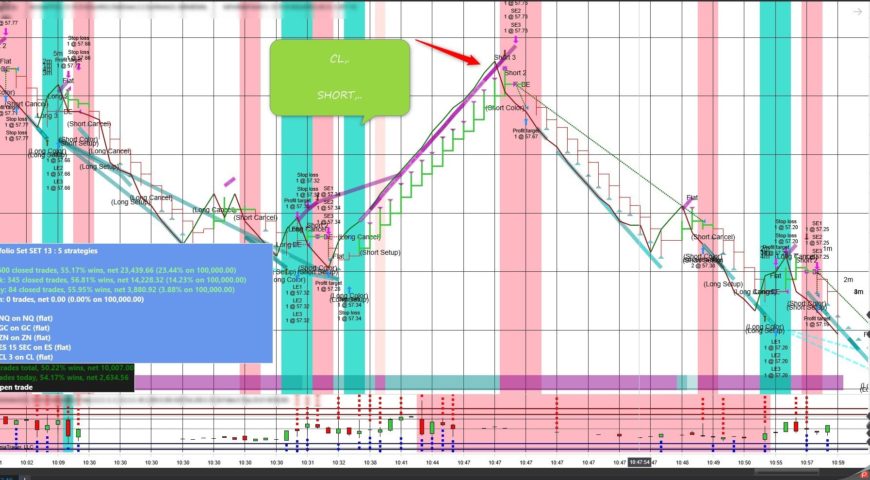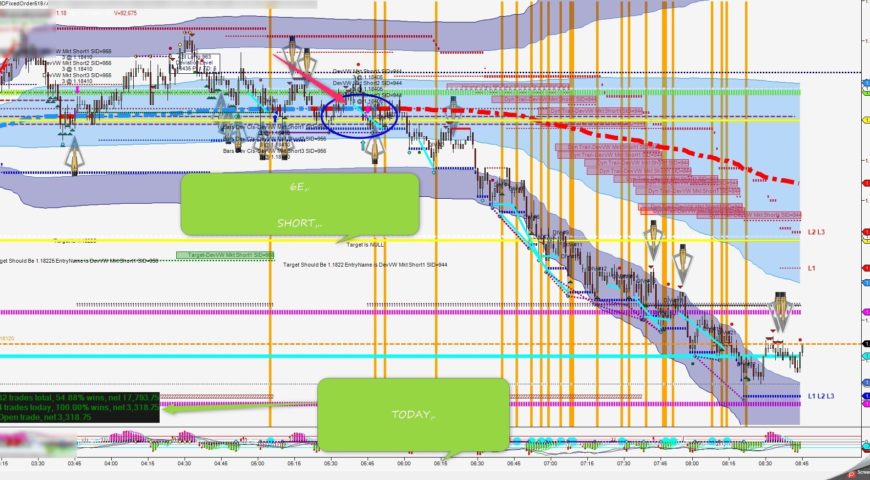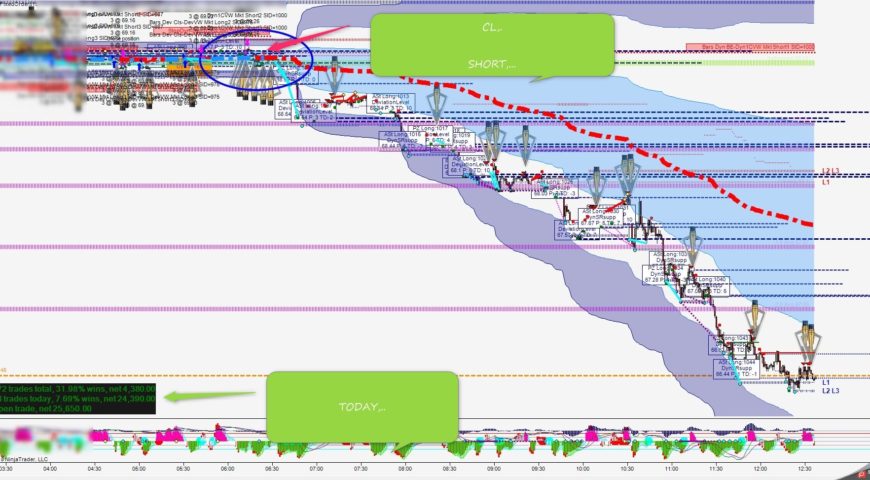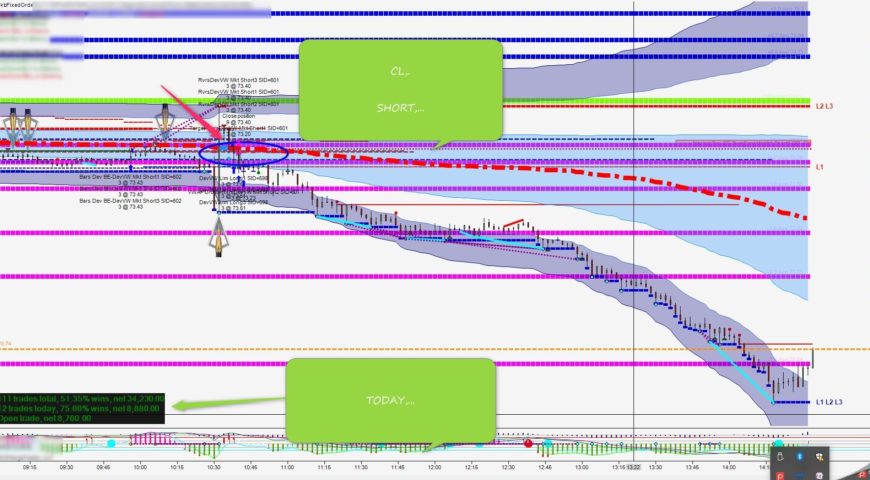Weekly Crude Oil Storage as of November 1, 2019
U.S. commercial crude oil inventories (excluding those in the Strategic Petroleum Reserve) increased by 7.9 million barrels from the previous week. At 446.8 million barrels, U.S. crude oil inventories are about 3% above the five year average for this time of year, according to the EIA crude oil and petroleum weekly storage data, reporting inventories as of November 1, 2019.
Summary of weekly petroleum data for the week ending November 1, 2019
U.S. crude oil refinery inputs averaged 15.8 million barrels per day during the week ending November 1, 2019, which was 237,000 barrels per day less than the previous week’s average. Refineries operated at 86.0% of their operable capacity last week.
- Gasoline production decreased last week, averaging 10.0 million barrels per day.
- Distillate fuel production decreased last week, averaging 4.9 million barrels per day.
Imports
U.S. crude oil imports averaged 6.1 million barrels per day last week, down by 620,000 barrels per day from the previous week. Over the past four weeks, crude oil imports averaged about 6.2 million barrels per day, 17.4% less than the same four-week period last year.
Total motor gasoline imports (including both finished gasoline and gasoline blending components) last week averaged 493,000 barrels per day, and distillate fuel imports averaged 306,000 barrels per day.
Products inventories
- Total motor gasoline inventories decreased by 2.8 million barrels last week and are about 1% below the five year average for this time of year.
- Finished gasoline inventories increased while blending components inventories decreased last week.
- Distillate fuel inventories decreased by 0.6 million barrels last week and are about 9% below the five year average for this time of year.
- Propane/propylene inventories increased by 0.3 million barrels last week and are about 13% above the five year average for this time of year.
- Total commercial petroleum inventories increased last week by 3.9 million barrels last week.
Products supplied
Total products supplied over the last four-week period averaged 21.2 million barrels per day, up by 2.4% from the same period last year. Over the past four weeks:
- Motor gasoline product supplied averaged 9.5 million barrels per day, up by 2.7% from the same period last year.
- Distillate fuel product supplied averaged 4.3 million barrels per day over the past four weeks, up by 2.8% from the same period last year.
- Jet fuel product supplied was up 7.5% compared with the same four-week period last year.










